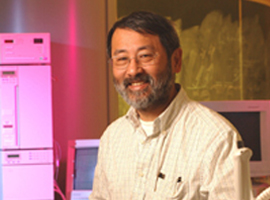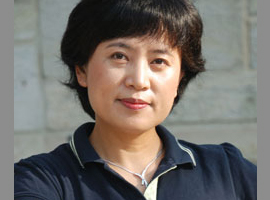Dr. Kiessling is Associate Professor of Surgery at Harvard Medical School and Director of the Bedford Stem Cell Research Foundation. She holds bachelor’s degrees in nursing and chemistry, a master’s degree in organic chemistry and a doctorate in biochemistry/biophysics from Oregon State University. (download CV PDF)
Her postdoctoral research explored relationships between viruses and cancer at Fred Hutchinson Cancer Center, Memorial Sloan-Kettering Cancer Center, and University of California, San Diego. The work in San Diego led to the controversial discovery of reverse transcriptase in normal human cells in 1979 (Kiessling & Goulian). Prior to this discovery, it had been assumed that reverse transcriptase was an enzyme found only in retroviruses. To understand the normal biologic role of reverse transcriptase, Dr. Kiessling began to study eggs and early cleaving embryos.
Dual interests in virology and reproductive biology led to research in semen transmission of Human Immunodeficiency Virus (HIV), and the creation of the first laboratory for Human In Vitro Fertilization (IVF) in Oregon in the early 1980’s. Harvard Medical School recruited Dr. Kiessling in 1985, where she continues her research today.
The need to conduct biomedical research in areas not funded by the federal government led to the incorporation of the Bedford Stem Cell Research Foundation. The Foundation’s Special Program of Assisted Reproduction (SPAR) has helped more than 80 couples affected by HIV disease have safe, healthy babies. Because of this success, more than two-dozen fertility centers throughout the country have implemented the SPAR program, allowing couples to seek care closer to home.
The techniques developed for SPAR have now been extended to other diseases of the male genitourinary tract, such as prostatitis and bladder infections. Expertise in human egg biology led Dr. Kiessling to develop the country’s first human egg donor program for stem cell research in 2000. It remains a research focus today.
Dr. Kiessling has published more than 100 scientific papers and given more than 60 lectures to audiences around the world. Her writings can be found in publications such as Nature, Lancet, Proceedings of the National Academy of Science and Connecticut Law Review, and she has been the focus of articles in The Boston Globe and Newsweek. In 2003, Dr. Kiessling wrote Human Embryonic Stem Cells: An Introduction to the Science and Therapeutic Potential, the first textbook on the controversial topic.










